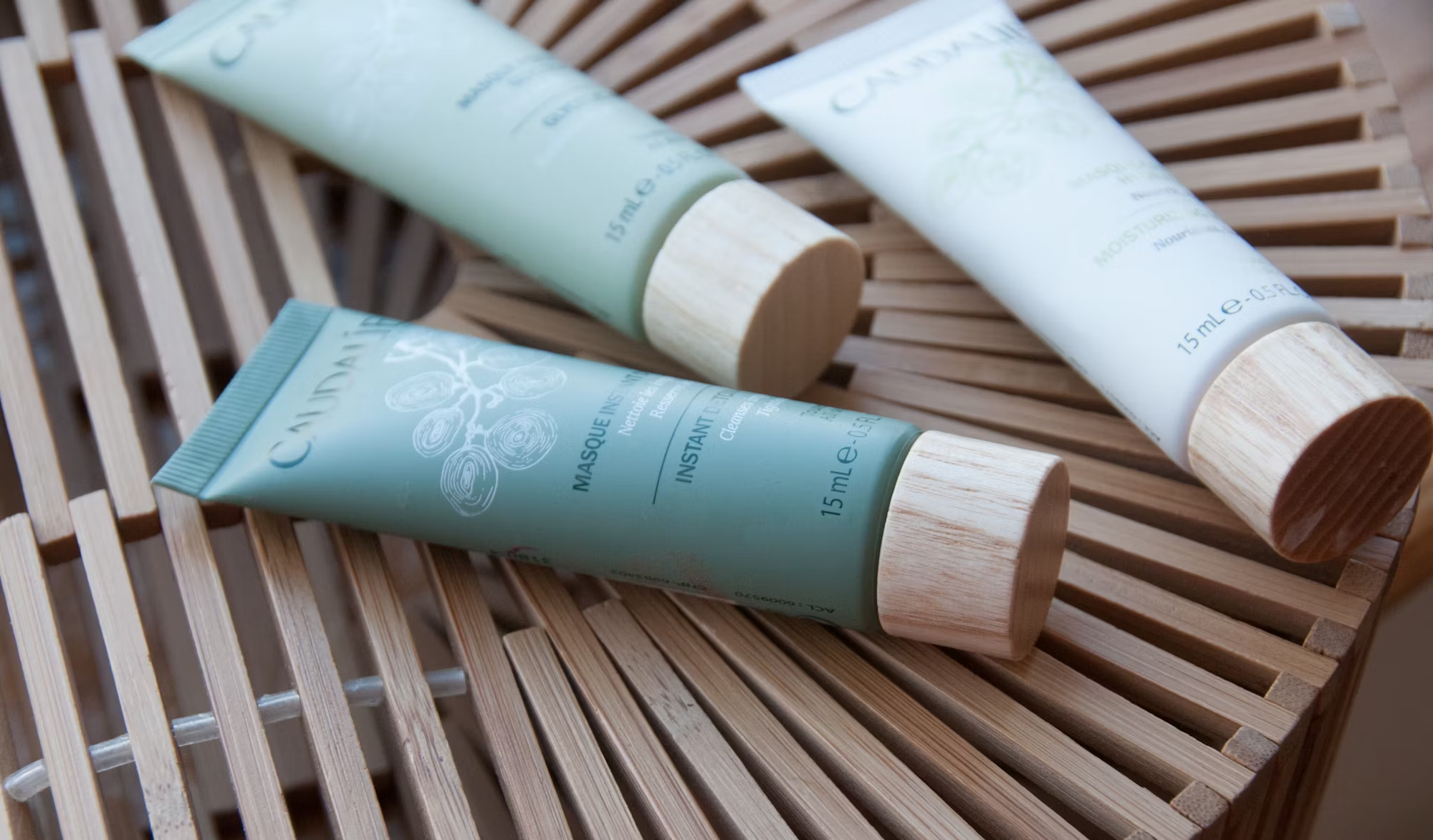Navigating the world of skincare can be daunting, especially with the myriad of products and labels available. Understanding how to decode skincare labels is essential for making informed choices that benefit your skin. This article will explore key terms, ingredient lists, and what to look for on skincare packaging to help you select the best products for your unique skin needs.
Understanding Skincare Labels
Skincare labels often include a wealth of information, from ingredients to product claims. Learning how to read these labels can empower you to make better decisions. Here are some essential components to consider:
1. Ingredients List: The ingredients are usually listed in order of concentration, with the highest concentration listed first. Familiarizing yourself with common ingredients and their benefits is crucial. Look for active ingredients that specifically target your skin concerns, such as hyaluronic acid for hydration or salicylic acid for acne.
2. Product Claims: Many products boast claims like “non-comedogenic,” “hypoallergenic,” or “dermatologist-tested.” While these terms can offer some guidance, they are not regulated, so they may not guarantee a product’s suitability for your skin type. Always consider the ingredients and your skin’s specific needs over marketing claims.
3. Expiration Dates: Some products include expiration dates or period-after-opening symbols. Using products past their expiration can lead to reduced efficacy or skin irritation. Always check these dates to ensure your skincare products remain safe and effective.
4. Fragrance and Dye: Many skincare products contain added fragrances or dyes that can irritate sensitive skin. Look for products labeled “fragrance-free” or “dye-free” if you have a tendency towards skin irritation.
5. Sunscreen Labels: If you’re looking for sun protection, ensure the label states “broad-spectrum” and includes an SPF rating of at least 30 for effective protection against UVA and UVB rays.
Common Ingredients to Look For
Understanding which ingredients work best for your skin type is essential. Here are some common beneficial ingredients and their functions:
– Hyaluronic Acid: A powerful humectant that draws moisture to the skin, making it ideal for dry and dehydrated skin types.
– Glycerin: Another excellent humectant that helps retain moisture and improve skin texture.
– Retinol: A derivative of vitamin A known for its anti-aging properties, helping to reduce fine lines and improve skin texture.
– Niacinamide: This form of vitamin B3 can help reduce redness, improve the skin barrier, and regulate oil production, making it suitable for various skin types.
– Salicylic Acid: Particularly beneficial for acne-prone skin, salicylic acid helps to unclog pores and reduce inflammation.
– Vitamin C: An antioxidant that brightens the skin, reduces dark spots, and protects against environmental stressors.
How to Identify Your Skin Type
Before you dive into the ingredient list, it’s crucial to understand your skin type. Here’s a simple guide:
– Oily Skin: Characterized by excess sebum production, oily skin often appears shiny, especially in the T-zone. Look for oil-free, non-comedogenic products.
– Dry Skin: If your skin feels tight, flaky, or rough, you likely have dry skin. Seek products with rich moisturizers and hydrating ingredients.
– Combination Skin: This skin type has both oily and dry areas. You may need to use different products for different areas, balancing moisture and oil control.
– Sensitive Skin: If your skin reacts easily to products, look for gentle formulations free of irritants like fragrances and dyes.
The Role of pH in Skincare
The pH level of a skincare product can significantly impact its effectiveness. Healthy skin typically has a pH between 4.5 and 5.5. Products that are too alkaline (above 7) can disrupt the skin’s barrier, leading to dryness and irritation. Look for pH-balanced products, especially cleansers, to maintain your skin’s health.
Packaging Matters
The packaging of a skincare product can also influence its efficacy. Here are some points to consider:
– Air-Tight Containers: Products in air-tight containers help preserve the integrity of the ingredients, especially sensitive actives like vitamin C and retinol.
– Dark or Opaque Bottles: Light can degrade certain ingredients, so opt for products in dark or opaque bottles to ensure stability.
– Pump Dispensers: These minimize exposure to air and contaminants, preserving the product’s quality.
The Importance of Patch Testing
Whenever you introduce a new product into your routine, it’s wise to perform a patch test. Apply a small amount of the product on a discreet area, like behind your ear, and wait 24 hours to check for any adverse reactions. This step can help you avoid potential irritation or breakouts.
Building a Personalized Skincare Routine
Creating a personalized skincare routine starts with understanding your skin type and its needs. Here’s a simple framework to help you build your regimen:
1. Cleansing: Choose a gentle cleanser suitable for your skin type to remove dirt and makeup.
2. Toning: Incorporate a toner that addresses your specific concerns, whether hydrating or exfoliating.
3. Serums: Add targeted serums based on your skin needs, such as hydration or brightening.
4. Moisturizing: Lock in hydration with a moisturizer appropriate for your skin type.
5. Sunscreen: In the morning, always finish with broad-spectrum sunscreen to protect your skin.
Conclusion: Empower Yourself Through Knowledge
Decoding skincare labels may initially seem overwhelming, but with a little knowledge, you can make informed choices that enhance your skincare routine. Understanding ingredients, identifying your skin type, and knowing what to look for on labels will empower you to select products that cater to your skin’s unique needs. Remember that consistency is key; developing a routine tailored to your skin will yield the best results over time. With careful consideration and a bit of patience, you can enjoy healthy, radiant skin that reflects your commitment to self-care.
